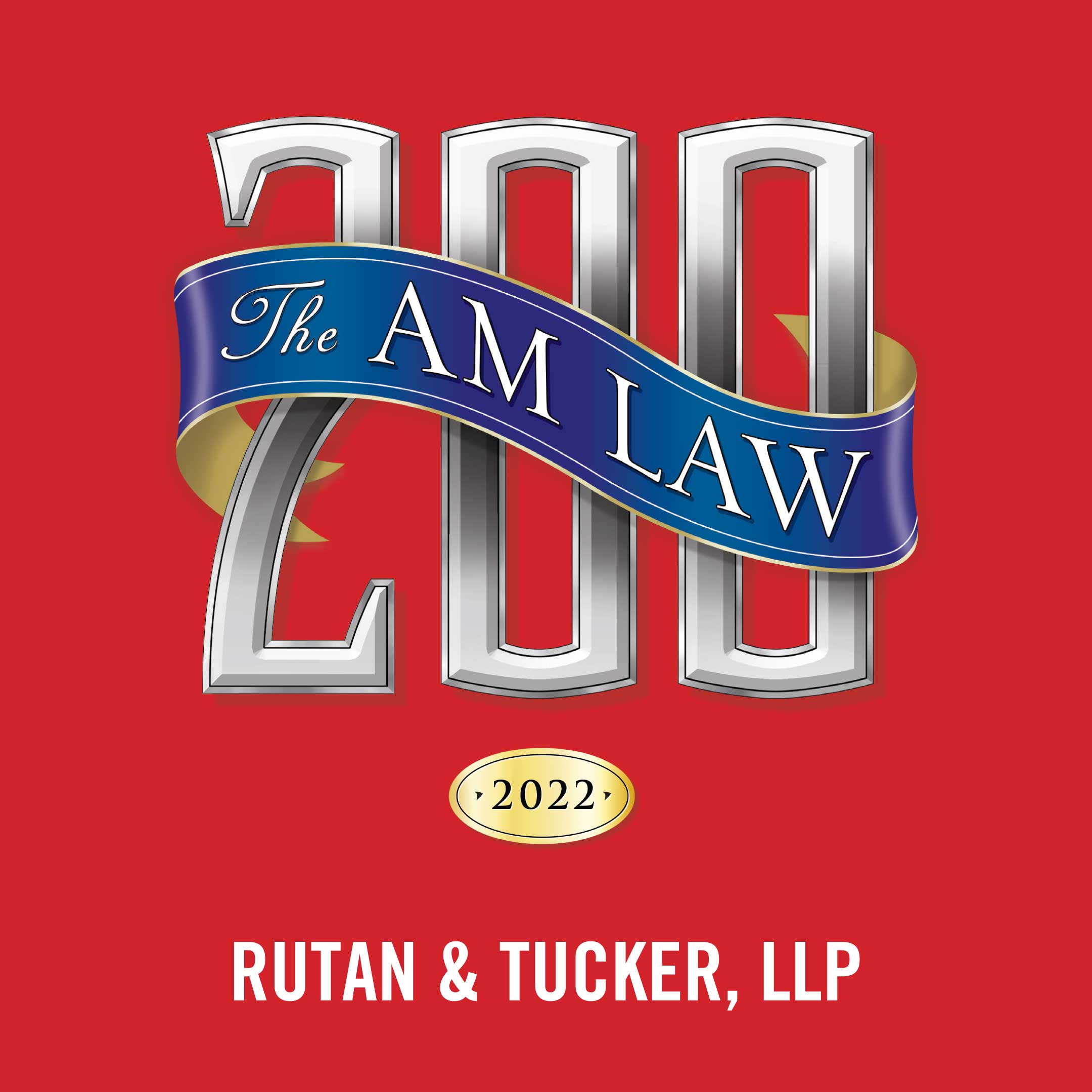On August 24, 2023, the California Supreme Court issued its long-awaited decision in Pico Neighborhood Association v City of Santa Monica, the first California Voting Rights Act (“CVRA”) case to reach the Supreme Court. The Supreme Court reversed the decision of the Court of Appeal in favor of the City, but remanded the case back to the Court of Appeal for a final determination on whether the City actually violated the CVRA. While this case answers some questions, it leaves many unanswered, and does not articulate a clear test for local agencies evaluating their potential CVRA liability.
In 2020, the Court of Appeal ruled in favor of the City, holding that a plaintiff must show that a voting district could be drawn with a majority or “near majority” of a protected class in order to establish “vote dilution,” which the Court of Appeal established as separate mandatory element of liability under the CVRA. Plaintiffs argued in the Court of Appeal and to the Supreme Court here that vote dilution is not a separate element of the CVRA, but is instead subsumed in the “racially polarized voting” element, and thus all a plaintiff must do to prevail is show that racially polarized voting exists in a jurisdiction.
The Supreme Court agreed with the Court of Appeal on the latter point, holding that vote dilution is in fact a separate element of a CVRA claim. However, the Court held that the Court of Appeal was wrong in its finding that a majority or near majority district is required to establish dilution. The Supreme Court found this rule to be far too narrow, and contrary to the California Legislature’s clear intent to eliminate the so-called “majority minority” requirement in the federal version of the Voting Rights Act (“VRA”).
The Supreme Court then went on to explain how dilution is established, which is generally defined as whether the current method of election is impairing the ability of the protected class to elect (or influence the election) of candidates of their choice. Unfortunately for cities looking for clear guidance, the Supreme Court did not establish a bright line rule or percentage of a district that must be made up of a protected class, but rather held each jurisdiction must be analyzed under its unique facts and circumstances.
The Court explained in this analysis, that the courts should consider “the totality of the facts and circumstances of the particular case, including the characteristics of the specific locality, its electoral history, and an intensely local appraisal of the design and impact of the contested electoral mechanisms as well as the design and impact of the potential alternative system. This fact-specific inquiry accords with the legislative understanding that California is a large and diverse state that needs a flexible approach to address our changing demographics.” This is a change from the text of the CVRA, which omits the “totality of circumstances” test found in the federal VRA.
Finally, the Supreme Court made clear that as part of the dilution analysis, courts must analyze if district elections or other alternative voting systems actually impair the ability of the protected class to elect its preferred candidates, rather than improve it. There is no CVRA violation if the protected class would be made worse off by a different voting system.
In sum, this case provides some guidance, but makes clear that every CVRA case will be a fact intensive inquiry, making it difficult to determine in initial stages whether a City or other local jurisdiction has potentially significant CVRA liability. However, some of the remaining questions may be answered in the Court of Appeal’s decision on remand (assuming the case does not settle).
If you would like to discuss this ruling and its implications further, please contact your Rutan attorney or Alan Fenstermacher at afenstermacher@rutan.com or (714) 641-3452.



